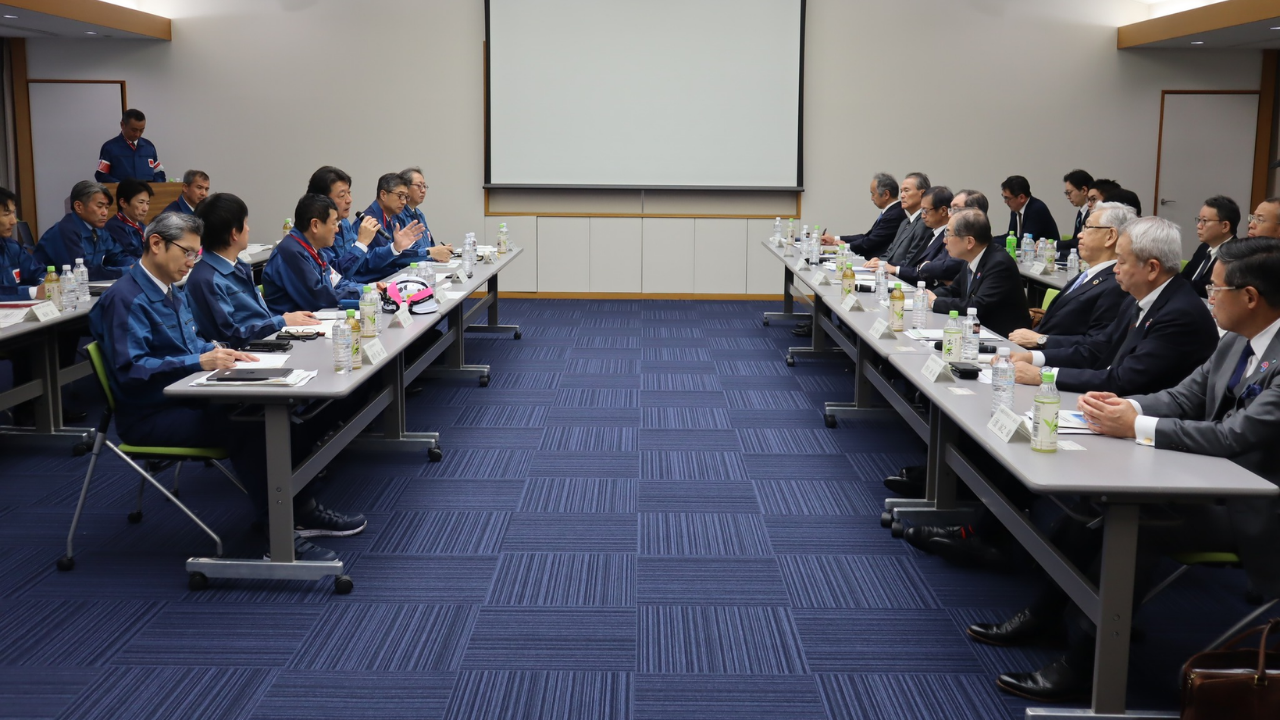
Spray from crashing waves rises against the concrete seawall as workers in reflective jackets patrol the perimeter of the Kashiwazaki-Kariwa nuclear plant. The world’s largest nuclear facility, silent for nearly 14 years, now stands at the center of a pivotal decision: whether to restart two of its reactors—a move that could reshape Japan’s energy landscape.
Fukushima’s Lingering Impact

The shadow of the 2011 Fukushima Daiichi disaster looms large over Kashiwazaki-Kariwa. Operated by TEPCO, the same company responsible for Fukushima, the plant’s fate is inseparable from the memory of the meltdown triggered by a massive earthquake and tsunami. That catastrophe displaced more than 150,000 people and forced Japan to shut down all 54 of its nuclear reactors, upending the nation’s energy policy and fueling global skepticism about nuclear safety.
Since then, TEPCO has faced intense scrutiny over its safety culture and ability to prevent another disaster. The debate over restarting Kashiwazaki-Kariwa’s reactors is not just technical—it is deeply emotional and political, reflecting a nation still grappling with the trauma of Fukushima.
Energy Security Under Strain

Japan’s energy system has struggled in the absence of nuclear power. Before Fukushima, nuclear plants supplied about 30% of the country’s electricity. Their sudden shutdown forced Japan to ramp up imports of liquefied natural gas and coal, driving up energy costs and carbon emissions. Tokyo, a sprawling city of well over 14 million residents, has felt the brunt of this volatility.
Since 2015, 14 of Japan’s 33 operable reactors have restarted. Prime Minister Sanae Takaichi has called for a faster return to nuclear energy to reduce import dependence and meet climate targets. With 11 more reactors awaiting approval, Kashiwazaki-Kariwa’s restart is seen as a crucial test for Japan’s broader nuclear revival.
A Governor’s Decisive Call
On November 21, 2025, Niigata Governor Hideyo Hanazumi approved the restart of Units 6 and 7 at Kashiwazaki-Kariwa, concluding a lengthy review process. He described the decision as “serious and heavy,” acknowledging the deep concerns of local residents. Unit 6, which completed fuel loading in June and passed key safety checks, is scheduled to restart by March 2026. This marks TEPCO’s first potential nuclear comeback since Fukushima and removes the most significant political barrier to resuming operations.
The economic stakes are high. Local officials estimate the restart could support thousands of jobs. TEPCO has pledged approximately 100 billion yen in community contributions over the next decade. Industry analysts project up to 100 billion yen in annual profit improvement for TEPCO, making the safety debate as much about economics as risk.
Balancing Risk and Reward
Despite the promise of economic revitalization, memories of past disasters remain vivid. In 2007, an earthquake stronger than the plant’s original design assumptions caused significant damage and a prolonged shutdown. Residents are acutely aware that the region’s prosperity is tied to seismic risk.
Public opinion is sharply divided. Recent surveys show half of Niigata residents support the restart, while nearly as many oppose it. About 70% express distrust in TEPCO’s ability to operate safely. Critics accuse the company of trying to “buy” support through financial contributions, while supporters argue that nuclear power is essential for Japan’s energy security and climate commitments.
Regulatory Hurdles and Safety Investments

Japan’s Nuclear Regulation Authority (NRA) approved the two units in 2017 under stringent post-Fukushima standards, requiring seismic upgrades, higher tsunami barriers, and modernized cooling systems. However, trust was shaken in 2021 when the NRA imposed an operational ban after security breaches involving unauthorized access and failed intrusion detection.
TEPCO responded with extensive system overhauls, and the ban was lifted in December 2023. Since 2013, the company has invested heavily in safety improvements at Kashiwazaki-Kariwa. These include reinforced containment structures, expanded backup power, and a revamped emergency-response center. Yet, even as regulators remain vigilant, doubts persist about whether technical upgrades can fully restore public trust.
Setbacks and Scrutiny
Just before the governor’s announcement, the NRA convened an emergency meeting over a security lapse involving mishandled confidential documents at the plant. The incident rattled investors, causing TEPCO’s stock to drop sharply. Critics seized on the breach as evidence that cultural reforms at TEPCO remain incomplete, highlighting the fragility of public confidence.
TEPCO executives attributed the lapse to human error, but it added to a pattern of incidents—including previous ID violations and procedural lapses—that have fueled skepticism. Experts warn that nuclear safety depends not only on equipment but also on a deeply embedded safety culture among thousands of workers.
Looking Ahead: A Defining Test

Kashiwazaki-Kariwa’s restart is more than an engineering milestone; it is a referendum on trust, memory, and Japan’s national strategy. The government’s energy plan envisions nuclear providing 20–22% of electricity by 2030, a target that hinges on successful restarts. If TEPCO can demonstrate safe, reliable operations, it could accelerate approvals at other plants and reduce Japan’s reliance on imported fuels. Failure, however, could halt the nuclear comeback and reignite public opposition.
As Unit 6 prepares for a restart by March 2026, Japan stands at a crossroads. The outcome at Kashiwazaki-Kariwa will shape not only the country’s energy future but also its ability to reconcile economic needs with the enduring lessons of Fukushima.